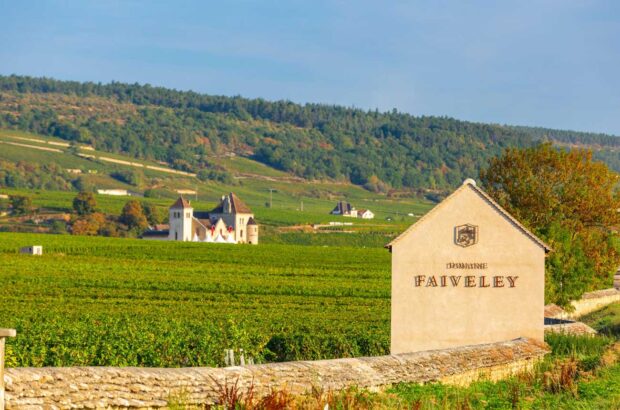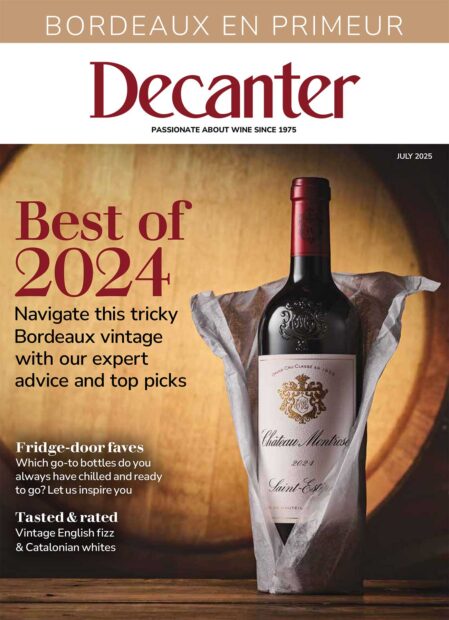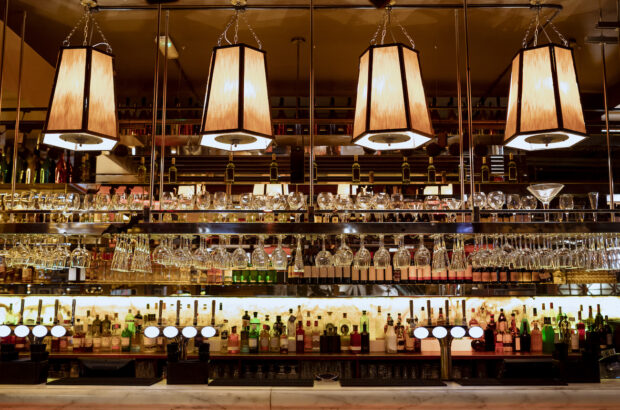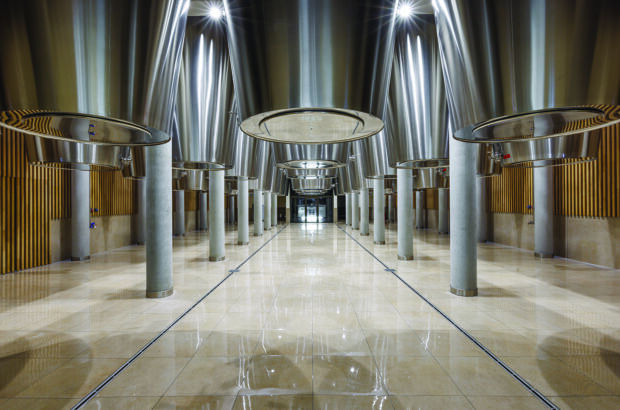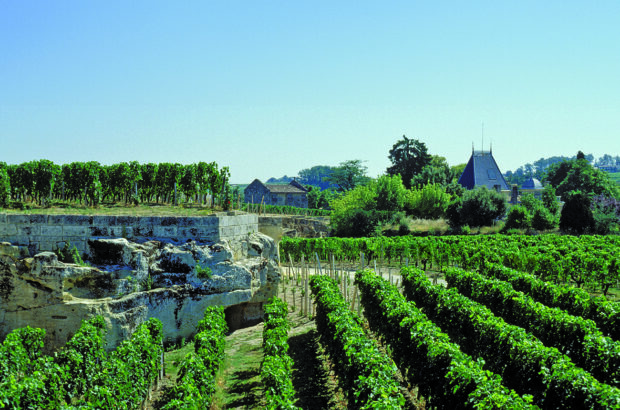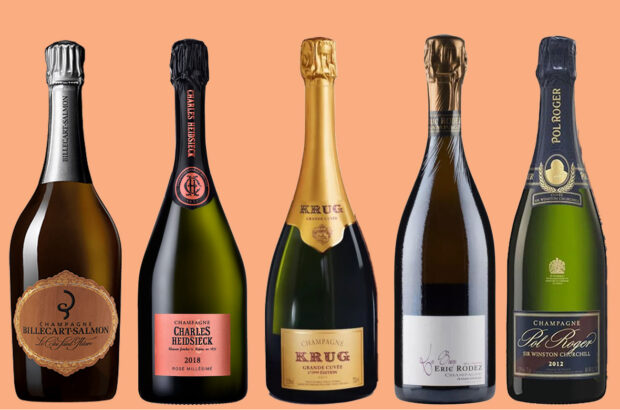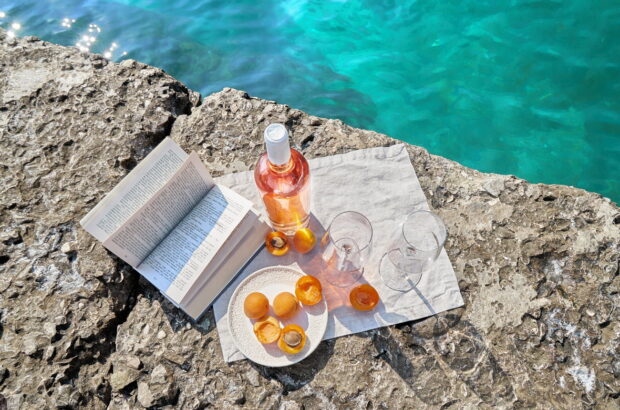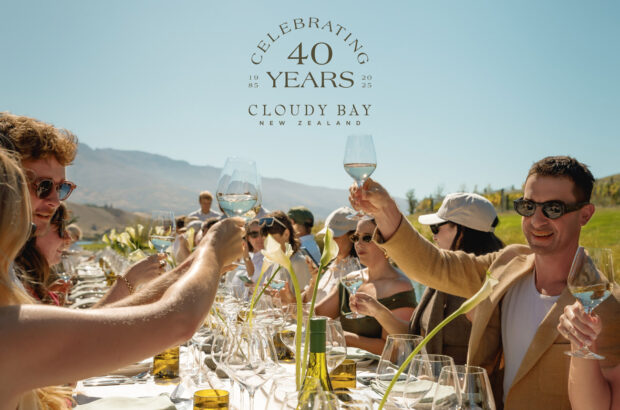Winemaker Rachel Lipman of Loew Vineyards works with local beekeepers to gather black locust honey. Its character changes year-to-year depending on the weather that season. Drought or heat produces darker honey. In rainy years, it might be lighter. Slight humidity without rain, more fragrant. The quality of the honey depends on the vintage.
Several weeks later, the grape harvest begins. Lipman gathers Muscat Canelli and Vidal Blanc from vineyards in the area and presses them together, the juice tasting of mixed flowers, mangoes and nectarines.
Simultaneously, she brews the honey with water in a style uncommon for American mead makers but followed by her family for generations in Central Europe, where they were famous for honey wine until World War II. Once warm, the honey water is combined with the freshly pressed juice, and the two are fermented together until dry. Barrel-aged for nine months, the elixir is bottled under the name Klara, after Lipman’s great-grandmother.
The surprise of Klara is its elegance and length. Its layered aromatics lead to a palate of harmony and nuance, bringing together floral notes with a very light, potpourri-like spice, stone fruits and a pleasantly piquant, mouthwatering finish. The flavours allude to honey yet avoid sweetness.
Thoughts of Klara have somehow followed me since first tasting it more than a year ago, coming to mind at least weekly for its complexity and distinctive origins. I’ve enjoyed it with multiple meals, alongside hamachi crudo (a garnished, thin-sliced yellowtail fish dish), spring pea risotto, game hen and rice, and I have talked to more people about it than I care to admit.
Hugh Johnson famously defined fine wine as wine worth talking about. Most fine wine circles assume it applies only to Vitis vinifera varieties. Wine, after all, is fermented from fruit; fine wine, from wine grapes. Klara would seem to break multiple rules. It includes the French-American hybrid Vidal Blanc and is partly made from fermented honey. Yet it also offers the complexity and brilliance of fine white wine.
So, where do we draw the line? Though sake is sometimes called rice wine, and mead honey wine, the reference is more affectionate than literal. Both are brewed, then fermented beverages. It is often argued each resembles beer more than wine. But unlike beer, sake uses mould, not malt, to convert starch from polished rice into sugar for fermentation. In mead, sugar is derived from honey mixed with water. Style and historical tradition determine differing proportions and temperatures as the elements are combined. Because of their distinctive processes, sake and mead are each considered their own category. And while I’ve had sake and mead worth talking about, I wouldn’t call either fine wine.
Johnson himself said part of the appeal of his definition is that it’s not attached to historic price or reputation. That seems to allow for unexpected exceptions. The Klara is neither pure mead nor pure wine but a synchronicity of the two, which may be part of its elevation. Just as not every wine achieves fine wine status, not every honey-grape ferment will become such an exception.
Lipman’s experience guided this combination. She brews mead in her ancestors’ tradition and makes wine from Maryland grapes; she surmised that the high-tone elements of the grapes might lift the woodsy character of the honey into a synthesis that surpasses what each delivers alone.
The result is a memorable expression of inland Maryland and a tribute to Lipman and her family. It also demonstrates the value of an open mind when it comes to fine wine. It’s the unexpected that so often gives us wine worth talking about.
In my glass this month
From Klein Constantia, the Vin de Constance 2019 (£59-£65/50cl Laithwaites, Tanners, The Oxford Wine Co, The Wine Society) offers a tribute to poise unusual in sweet wines. Its palate of ripe apricot, nectarine and crunchy cloudberry carries the sweetness expected and the wash of acidity that prepares the palate for more. This is a beautiful wine, though drinking it again in 10 or more years would be even more beautiful.










